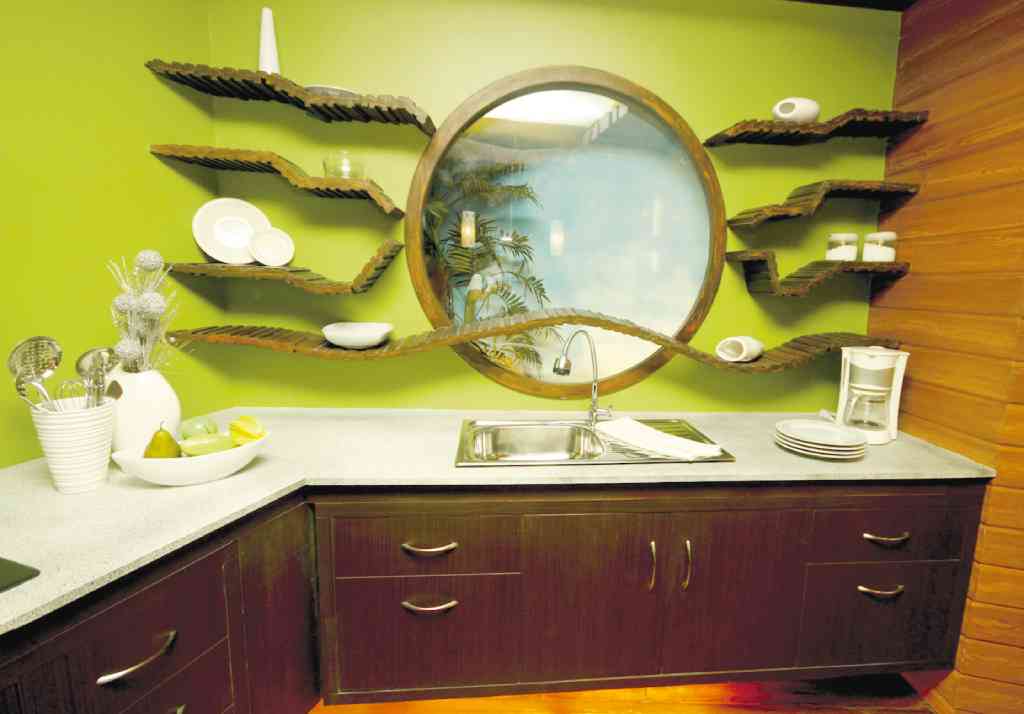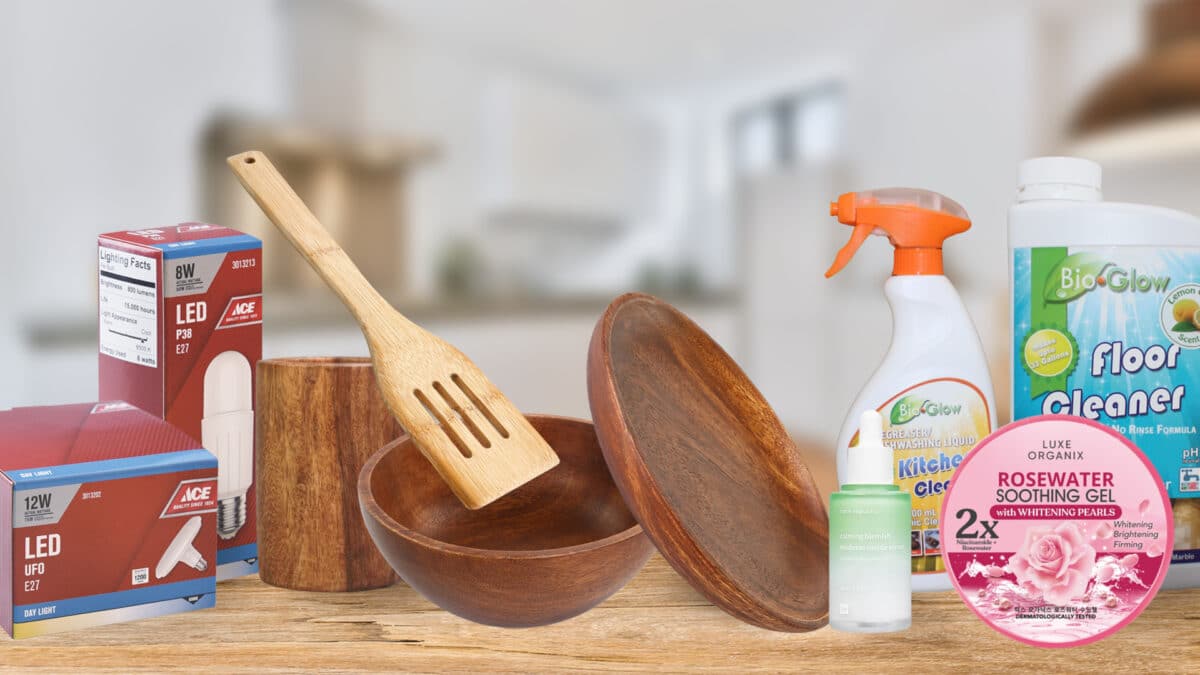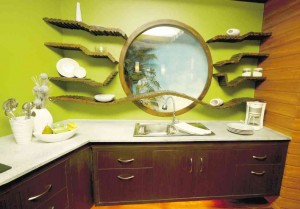
The result is “Jak en Poy (Bato, Gunting, Papel, atbp.): An Interior Design Exhibit of Sustainable Proportions.” The annual exhibit, which serves as thesis for members of PSID’s Advanced Class of 2011, will run the entire month of October at SM North Edsa’s Interior Zone in Quezon City.
To add another dimension to the challenge, PSID professors Nicky Jardenil and Jie Pambid, batch adviser and director for external affairs, respectively, also required students to aim for sustainability by either using recycled components or finding traditional and nontraditional uses for, say, metal, wood or stone.
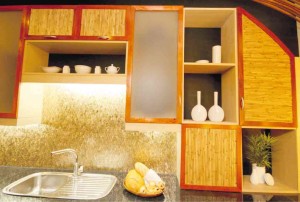
Wood components
If you think that’s difficult, a group did an entire kitchen made primarily of corrugated cardboard except for the sink and backsplash. Another group did a bathroom made of treated wood components that simulated mosaic tiles, but designed to withstand water.
“We were able to come up with ten materials, which was perfect because this year’s graduating class was divided into 20 groups,” said Pambid. “That means two groups would get the chance to interpret a specific material. It would be interesting to see differences and similarities between two groups working with the same material.”
Of course, the group tasked to use, say, plastic can combine it with other materials like wood, concrete or metal to realize its vision. But since plastic is the assigned material, it should dominate the entire space in whatever shape, color, use or form.

No excuse
In other words, being stuck with a dominant material shouldn’t be an excuse to produce ugly, stereotypical spaces devoid of imagination. On the contrary, said Pambid, the main challenge is to think outside the box and come up with new uses and treatments for plastic or whatever material is assigned to them.
To make each space look realistic, students can incorporate real furniture and accent pieces into the mix. Depending on their resourcefulness and creativity, they can even design or fashion functional pieces using the assigned material.
Each group is composed of three to five individuals. It would have been easier had each group been free to choose from among the ten materials.
After all, not a few of these graduating students are already partial to certain materials.
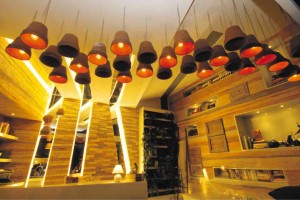
Requirements
In a controlled environment, that would have been the case. Since the exercise is designed to simulate what goes on in the real world, the groups drew lots not once, but twice: first to pick a dominant material; second, to determine what area of the house they were going to do.
Once you’re out in the real world, you can’t be picky, Pambid explained. You can’t choose your projects. In effect, they choose you. An interior designer has to do his best by producing something that works based on the client’s requirements, expectations and even quirks.
The two groups tasked to interpret bamboo, for instance, had their work cut out for them. It would have been a no-brainer to do a bedroom or living room made mostly of bamboo, but to do a bathroom and kitchen using bamboo components requires plenty of research and common sense.
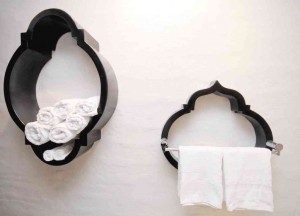
Limitations
They were able to work around such limitations by incorporating their respective spaces with concrete and steel components. The kitchen group used shiny, waterproof capiz as backsplash, while the bathroom group used a round bathtub fashioned from gray concrete and crowned with a bamboo arch.
Thank goodness, both groups assigned to use paper did relatively drier areas like the living room and kitchen. But the latter group also did some research since untreated cardboard cabinets have no chance in hell to withstand heat and moisture in the kitchen.
“Initially, we were a bit apprehensive about it,” said Pambid. “The kids might not be able to do it. For example, how can you incorporate bamboo without making it look too rustic? What can you do that hasn’t been done before? And since it’s an exhibit, what new things can you show that the audience hasn’t already seen? That’s where research and imagination come in. And judging from this year’s lineup, we’re pretty pleased with the results.”

